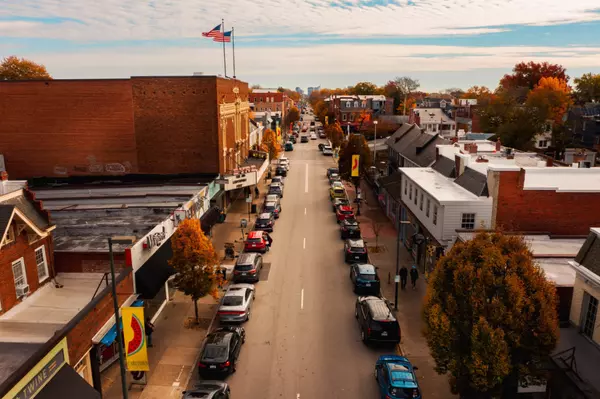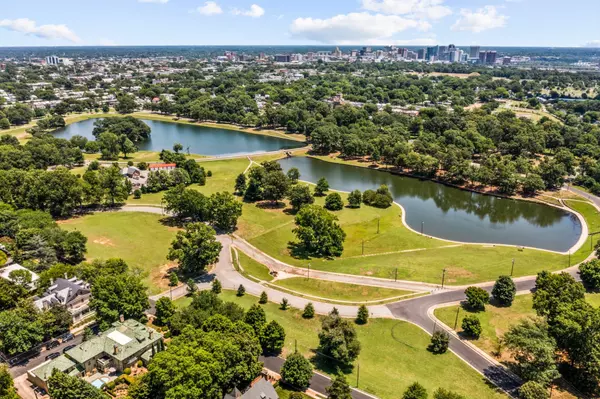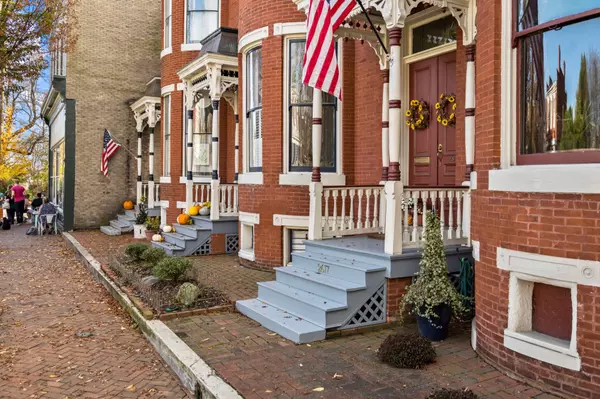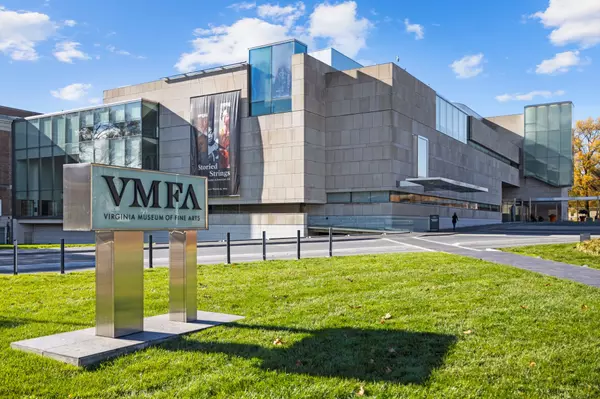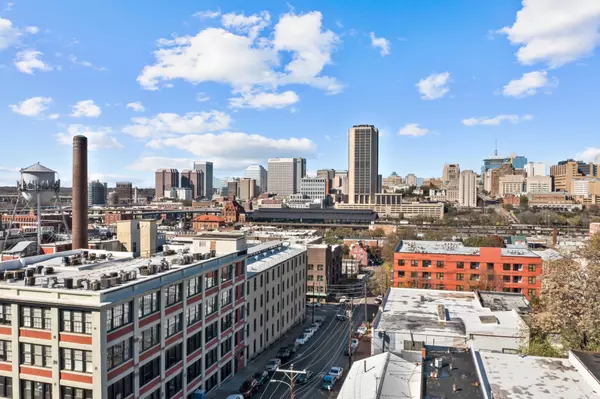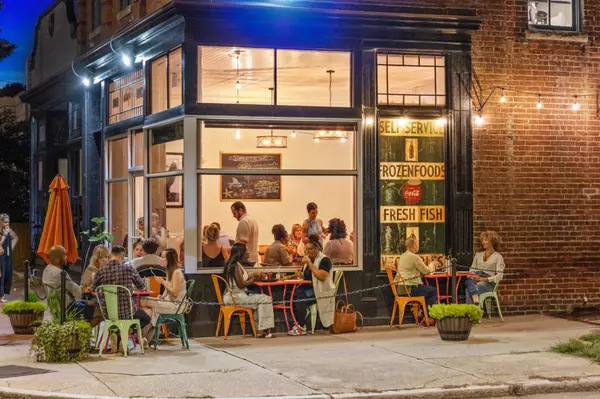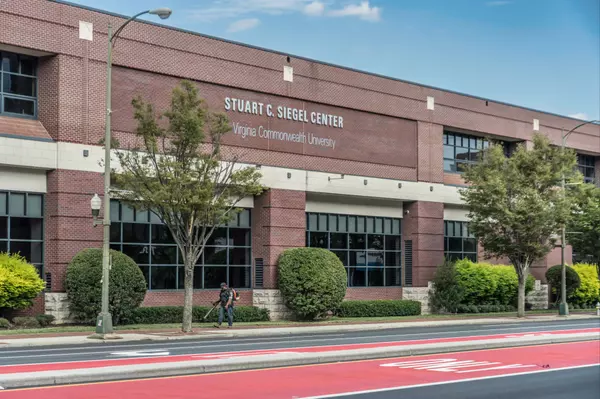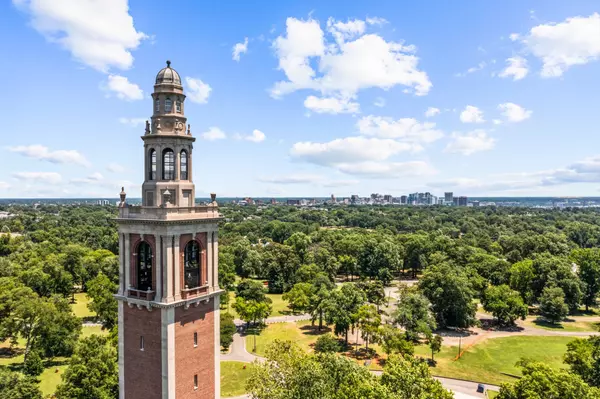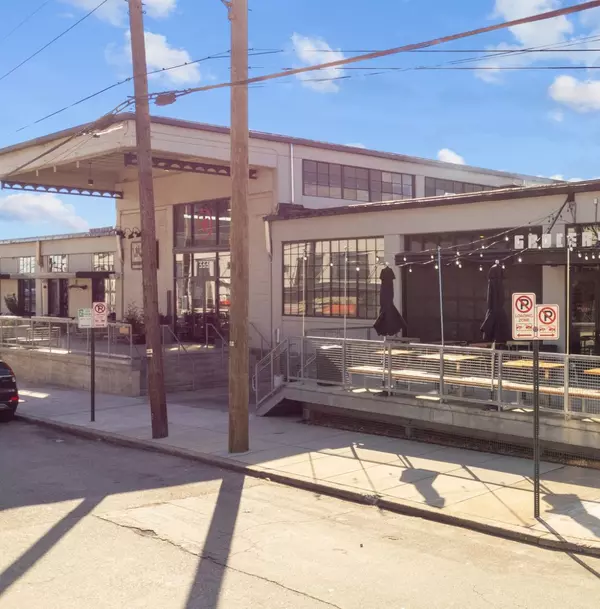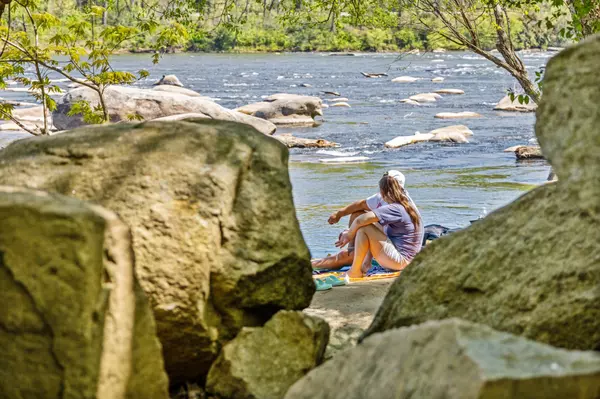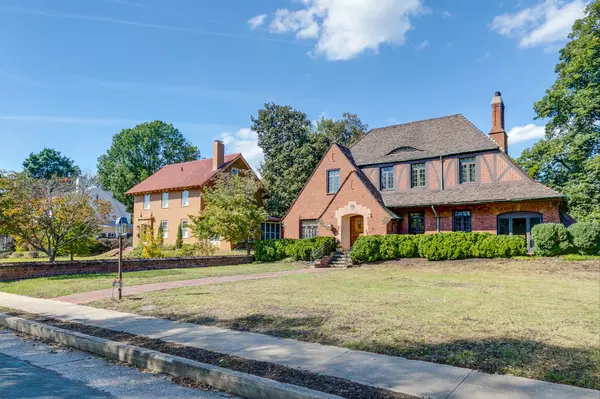CARYTOWN
Carytown: A Neighborhood Less Ordinary
Carytown is probably one of the most well known neighborhoods in Richmond. It has a personality all its own and is known to some as "the mile of style". Locals and tourists are drawn to the area by its restaurants, boutiques, shops, coffee shops, historic mo
BYRD PARK
Byrd Park: Reside by the Park, Live the Experience
Standing at Arthur Ashe Boulevard's southern end, Byrd Park isn't just a verdant oasis but a beautiful neighborhood that happens to share its name. Born in the late 19th century with the city's reservoir construction, the park's history is as ric
CHURCH HILL
Historic Church Hill: A Revolutionary Neighborhood (Ha!)
Richmond, Virginia, a city steeped in history and character, boasts a tapestry of neighborhoods, each with its own unique story. Among these, Historic Church Hill stands out for its role in two extremely significant events in our nation's h
MUSEUM DISTRICT
The Museum District: Immerse Yourself in City Living Surrounded by History, Art and Rowhouses
The Museum District in Richmond, Virginia, is a captivating blend of history, culture, and community. As part of the National Register of Historic Places, this district boasts a rich past and architectur
SHOCKOE BOTTOM
Shockoe Bottom: From Trade Hub to Urban Community
Welcome to Shockoe Bottom, where history, culture, and modern living converge. As one of Richmond's oldest neighborhoods, Shockoe Bottom has witnessed centuries of transformation, from bustling trade hub to vibrant urban community. Let's explore w
JACKSON WARD
Jackson Ward: A Culturally Significant Community With Deep Roots
Just North of Downtown Richmond, Virginia, Jackson Ward is a neighborhood steeped in history, culture, and architectural beauty. As you explore its streets, you'll discover a vibrant past and a promising future. Let's delve into wha
CARVER
Carver: Where History Meets Urban Convenience
Nestled near the heart of Richmond, Carver has evolved over time, offering a unique mix ofresidential and industrial spaces. Whether you’re considering buying a home or investing in realestate, Carver deserves your attention.
Origins and Evolution
1.
CARILLON
Carillon: A Neighborhood Built on History, Culture and the Outdoors
Tucked away behind Byrd Park and above the James River, the Carillon neighborhood is a unique and diverse residential area in the heart of Richmond, Virginia. Its surprisingly rich and complex history unfolds like a captivating s
SCOTT'S ADDITION
Scott's Addition: A Richmond Success Story
Welcome to Scott’s Addition, a formerly industrial area that has experienced significant transformation in recent years. This bustling neighborhood in Richmond, Virginia is filled with adapted / repurposed warehouses and factories that draw residents, en

Corby Hicks
Phone:+1(804) 937-7540

